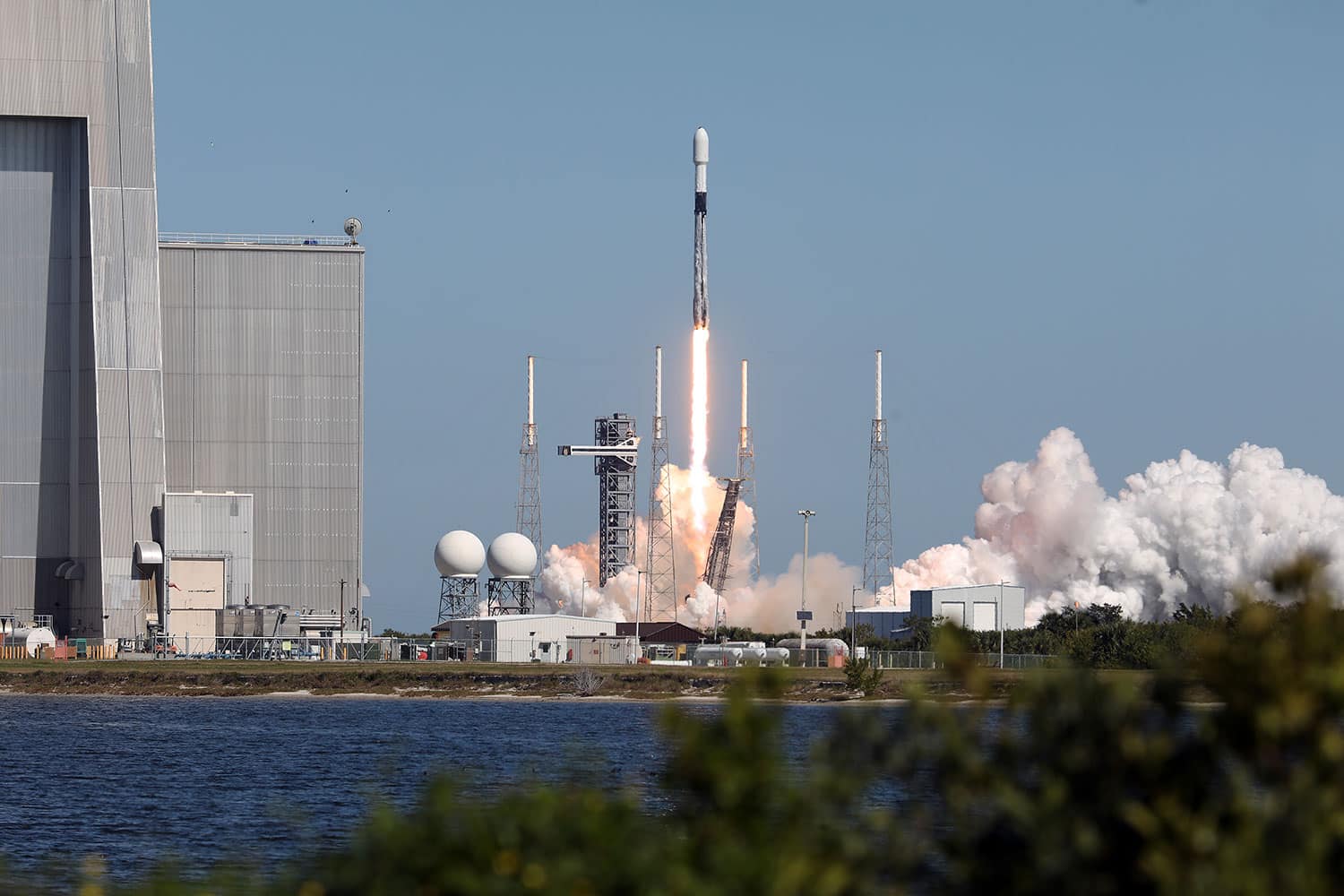SpaceX achieved another milestone by successfully completing its second mission to the International Space Station (ISS) this month. Unlike previous missions, this one diverged from the norm by not using the Dragon spacecraft. Instead, SpaceX launched a Cygnus spacecraft on behalf of Northrop Grumman as part of its 20th Commercial Resupply Services (CRS) contract mission for NASA, employing the reliable Falcon 9 rocket.
The Falcon 9’s first stage booster, identified as B1077, demonstrated its reliability by completing its 10th flight during this mission. Notably, it had been part of previous missions, including the Crew-5 flight, the SpaceX CRS-28 mission, and four Starlink flights. Post-liftoff, the booster executed a successful touch down at Landing Zone 1 at Cape Canaveral Space Force Station.
This mission marked several noteworthy achievements. It was the first instance of a SpaceX Falcon 9 rocket launching a Cygnus spacecraft for Northrop Grumman. The Cygnus spacecraft, carrying over 8,200 pounds of science and supplies destined for the ISS, is set to support various investigations and facilities. These include a surgical robot, a semiconductor manufacturing device, and a metal 3D printer.
In response to the need for last-minute cargo loading on the Cygnus spacecraft, SpaceX innovatively modified the Falcon 9’s payload fairings, incorporating a door for convenient access. This modification enables the safe and controlled loading of cargo into the environmentally controlled area near the bottom of the fairings.
The Cygnus spacecraft is scheduled to rendezvous with the ISS on February 1, where it will stay docked for approximately six months before its planned departure. Before re-entering the Earth’s atmosphere, it will host a final science experiment known as the Kentucky Re-entry Probe Experiment-2 (KREPE-2). This experiment aims to measure and demonstrate a thermal protection system for spacecraft during re-entry.
The geopolitical situation, particularly Russia’s invasion of Ukraine, led to the retirement of the Antares 230+ rocket. In response, Northrop Grumman is collaborating with Firefly Aerospace on its next launch vehicle, the Antares 330, expected to be available by 2025.
This successful mission underscores the collaborative efforts and innovative spirit within the spaceflight community, overcoming challenges and contributing to advancements in space exploration and research.















































